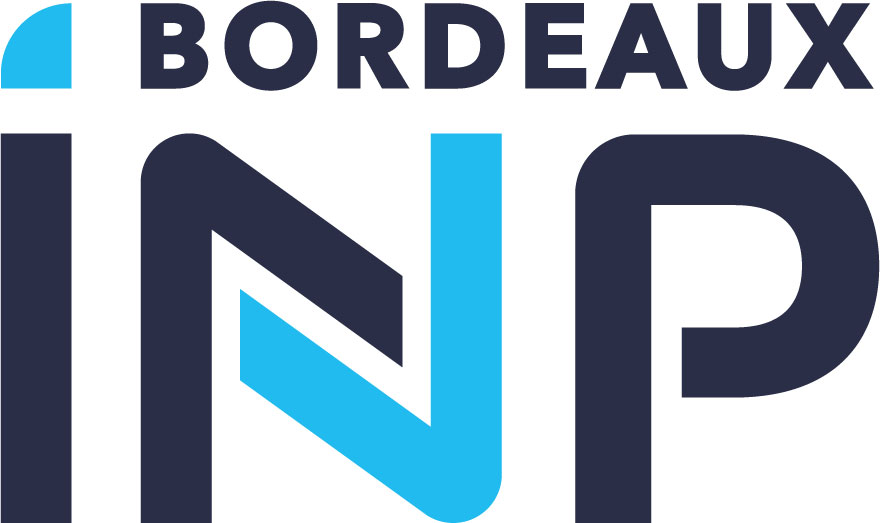IMB > Informations générales > Agendas
Le 16 avril 2024
à 09:11
au 3 mai 2024
à 08:00
BLOC NOTES
.
Recrutement ATER 2024/2025
La campagne de recrutement des Attachés Temporaires d'Enseignement et de Recherche (ATER) de l'Université de Bordeaux au
titre de la rentrée 2024 est ouverte depuis le 4 avril 2024. La date de clôture des candidatures est fixée au 2 mai 2024.
Pour plus d'info voir :
https://www.u-bordeaux.fr/universite/travailler-a-l-universite/personnels-enseignants-enseignants-chercheurs-et-chercheurs/enseignants-et-enseignants-chercheurs-contractuels/campagne-de-recrutement-ater-2022-2023
La semaine de l’IMB
titre de la rentrée 2024 est ouverte depuis le 4 avril 2024. La date de clôture des candidatures est fixée au 2 mai 2024.
Pour plus d'info voir :
https://www.u-bordeaux.fr/universite/travailler-a-l-universite/personnels-enseignants-enseignants-chercheurs-et-chercheurs/enseignants-et-enseignants-chercheurs-contractuels/campagne-de-recrutement-ater-2022-2023




